-
-
FeaturesคุณสมบัติPenyelesaianRecursosFiturCaracterísticas精选功能功能特點المزايا
-
Solutionsโซลูชั่นPenyelesaianSoluçõesSolusiSoluciones解决方案解決方案الحلول
-
IntegrationsการผสานรวมIntegrasiIntegraçõesIntegrationsIntegraciones集成整合服務دمج مع تطبيقات أخرى
-
Affiliate/Partnersพันธมิตร/พันธมิตรทรัพยากรAfiliasi/Rakan KongsiAfiliados/ParceirosAfiliasi/MitraAfiliados/Partners联盟/合作伙伴聯盟/合作夥伴شريك
-
ResourcesจองการสาธิตSumberRecursosSumber dayaRecursosالموارد資源中心
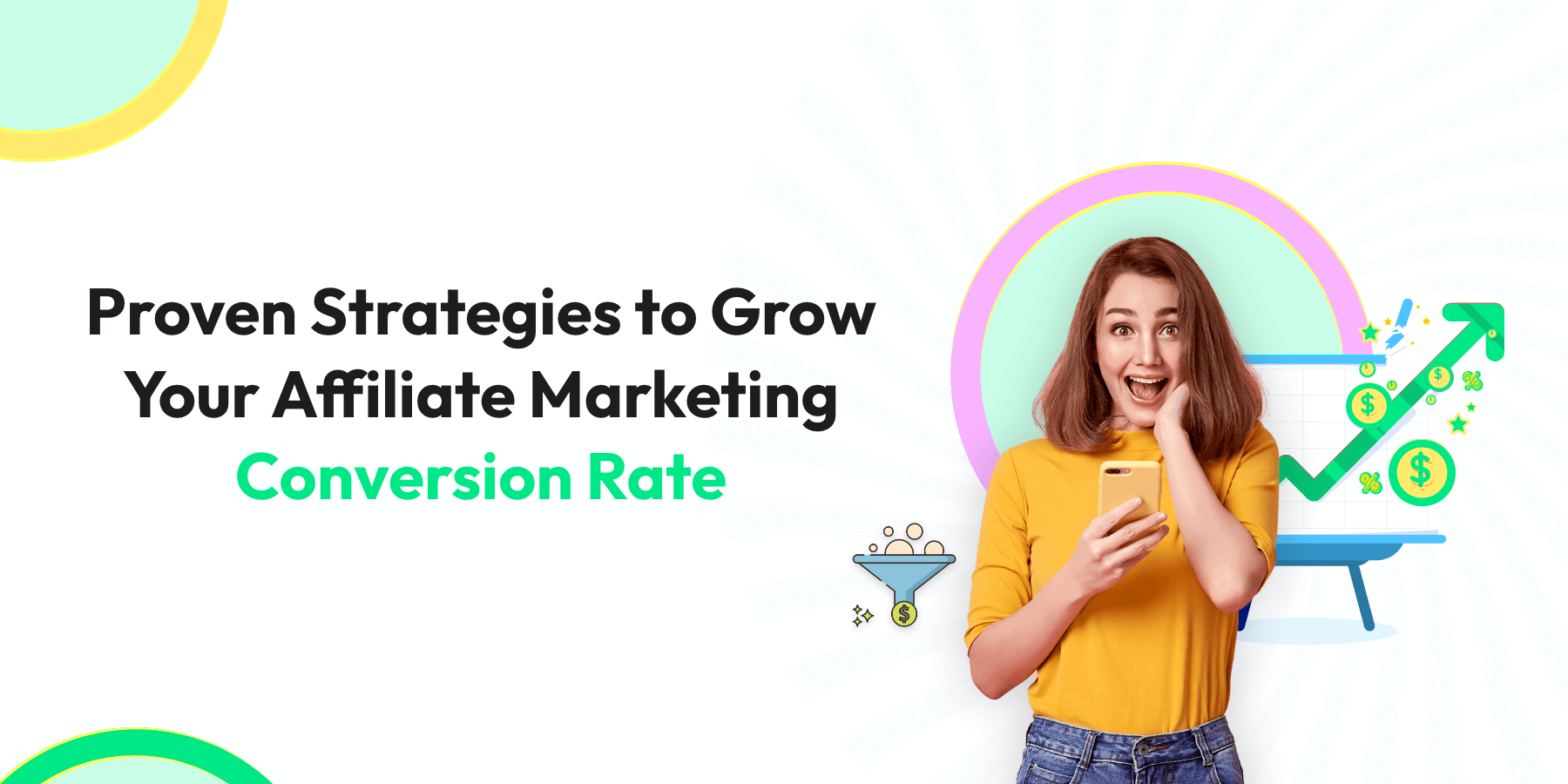
How to Increase Your Affiliate Marketing Conversion Rate in 2025?
Hey there, fellow affiliate marketers! In the affiliate marketing world, one golden nugget can make or break your success: your affiliate marketing conversion rate. The pulse keeps your revenue flowing and your strategies on point. But what exactly is a conversion rate, and why should you care about it?
As you dive into this world, it’s crucial to understand that a higher conversion rate means more income in your pocket. After all, it’s not just about getting a flood of traffic to your site; it’s about making that traffic count. So whether you’re just starting or you’ve been in the game for a while but want to see those numbers climb, this blog is your roadmap to boosting your affiliate marketing conversion rate. Let’s get started, shall we?
Understanding Conversion Rates in Affiliate Marketing
What is a Conversion Rate?
Let’s break it down. In the affiliate marketing scene, your conversion rate is how often people do what you hope they’ll do. Think of it like this: every time someone lands on your page, you can score a goal. If they click that link, sign up for the newsletter, or buy something, that’s a goal for you. The conversion rate is the percentage of visitors who put points on your board out of everyone who showed up to play.
Why Conversion Rate is a Key Performance Indicator (KPI)?
You might be thinking, “Why all the fuss about conversion rates?” Here’s the scoop: Your affiliate marketing conversion rate is like the heartbeat of your business. It tells you how healthy your affiliate strategies are. A low conversion rate? That’s a sign something’s not working right, and you’re missing out on potential earnings. A high conversion rate? You’re on fire, connecting the right people with the right offers, and it’s paying off. It’s a key performance indicator (KPI) because it gives you the raw truth about whether your marketing efforts are hitting the mark or falling flat.

What’s The Average Conversion Rates in Different Industries?
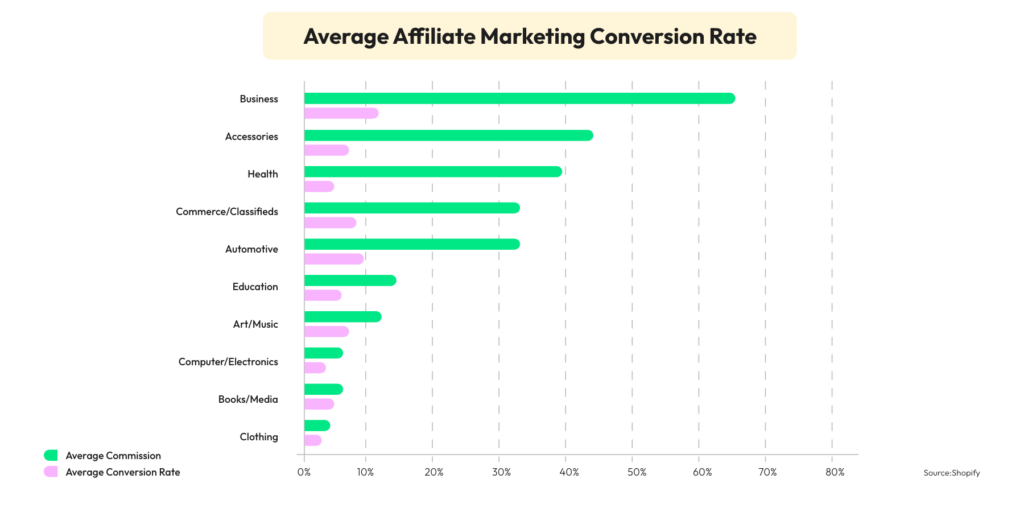
Okay, but what’s a good conversion rate?” I hear you ask. Well, it’s not one-size-fits-all. Every industry has its playing field and rules. You might see an average conversion rate of around 1-2% in retail. If you’re promoting software, the average can jump to around 10%. But remember, these are just ballpark figures. What’s more important is how your conversion rate stacks up against your past performance and where you want to be. After all, in the affiliate marketing game, it’s your score that truly matters.
How to Optimize your Platform to Increase your Affiliate Marketing Conversion Rate?
#1 Improve Website Speed and User Experience (UX)
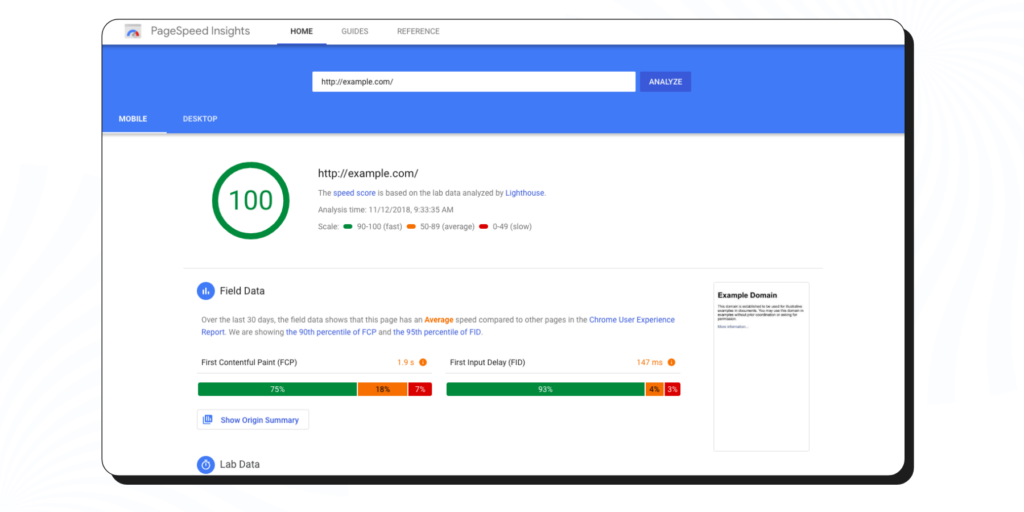
When you click on a site and it takes forever to load, you bounce, right? Your visitors are no different. Website speed is a huge deal because if your site is slow, your visitors are out. That’s a lost sale and a dip in your affiliate marketing conversion rate. Plus, a snappy site gives your visitors a smooth ride, and that’s what we call a great user experience (UX). So, comb through your site, eliminate any heavy graphics that are slowing things down, and streamline your code. A fast and friendly site keeps people around longer, which means more chances for you to make those conversions.
#2 Set a Clear Mobile Optimization Strategy
Now, let’s talk mobile. Imagine this: someone finds your affiliate link on their phone, clicks it, and then squints and pinches their way through a site that’s not phone-friendly. Frustrating, isn’t it? With most of the planet glued to their smartphones, your site has to be ready to impress on a tiny screen. That means big, easy-to-click buttons, text that’s a breeze to read, and pages that look good on any device. Mobile optimization isn’t just nice to have; it’s a must. Make it easy for those mobile visitors to convert, and watch your affiliate marketing conversion rate grow. Strategy #3 Add Clear and Compelling Calls-to-Action (CTAs)
#3 Add Clear and Compelling Call-to-Action (CTAs)

You’ve got visitors checking out your site, loving the speed, enjoying the mobile experience, and now it’s showtime. Your call-to-action (CTA) is your closing argument, your “click here to seal the deal.” But if it’s hiding in the corner or doesn’t pack a punch, your visitors might just miss the moment to convert. Make your CTAs stand out with bold colors and irresistible text that speaks directly to your visitors’ needs. Whether it’s “Grab Yours Now,” “Get Started Today,” or “Sign Up for Free,” a clear and compelling CTA is your secret weapon for boosting that affiliate marketing conversion rate.

How to Create High-Quality Content To Increase Your Affiliate Marketing Conversion Rate?
#4 Craft Valuable and Informative Content
Content is king, and in affiliate marketing, it’s your best bet for hooking in those visitors and keeping them around. But not just any content – we’re talking about the good stuff. The kind that adds value answers questions, and gives your readers the ‘aha!’ moments they’re looking for. This is about crafting content so informative and spot-on that your visitors can’t help but trust your recommendations. And when trust goes up, so does your affiliate marketing conversion rate. So, get to know your audience, dig into their pain points, and create content that addresses their needs. It’s all about giving before you get it.
#5 Use Engaging and Relevant Visuals
Ever heard the phrase “a picture is worth a thousand words”? Well, in affiliate marketing, the right picture could be worth a thousand clicks. Engaging visuals can grab attention, stir emotions, and drive people to action much quicker than text alone. So, mix in some high-quality images, infographics, or videos that support your message and show off the products you’re promoting. Remember, your visuals should be more than just pretty; they should tell a story and be super relevant to your content. When your visuals hit the mark, they can work wonders for your affiliate marketing conversion rate.
#6 Incorporate Product Reviews and Testimonials

Now, here’s the secret sauce: people trust other people. You’ve struck gold when you show that real folks have used the product and can vouch for it. By weaving in genuine product reviews and testimonials, you’re proving that your promotion is legit. And that can make all the difference. Think about it – aren’t you more likely to buy something if you see rave reviews from other customers? Your visitors are the same. Including this social proof can not only bump up your credibility but can also significantly enhance your affiliate marketing conversion rate. So, collect those testimonials and show them off proudly – they’re proof that what you’re pitching is pure gold.

Targeted Traffic Acquisition Strategies
#7 Follow SEO Best Practices for Affiliate Marketers
You want the right eyes on your affiliate products, and that’s where Search Engine Optimization (SEO) steps in. Think of SEO as the map that guides users to your content when searching for something specific. To amp up your affiliate marketing conversion rate, you’ve got to play by SEO rules. Start with keyword research to figure out what your potential customers are typing into that search bar. Then, sprinkle those keywords into your killer content, but keep it natural—no keyword stuffing. Ensure your titles are clear, your meta descriptions are on point, and your content is top-notch and regularly updated. Good SEO is a magnet for targeted traffic, and that’s what you want for a healthy conversion rate.
Also Read: How to get started with Affiliate Marketing to double your income!
#8 Leverage Social Media Platforms
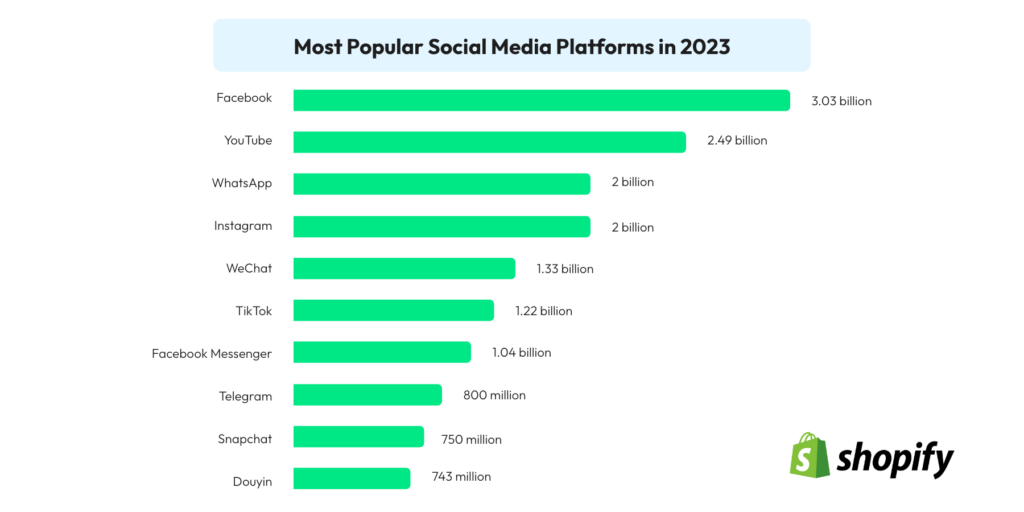
Social media isn’t just for selfies and viral videos. It’s a goldmine for affiliate marketers. Platforms like Instagram, Facebook, Twitter, and Pinterest can be your best buddies when it comes to driving traffic that converts. But don’t just spam your links and run; engage with your followers. Share tips, answer questions, and be part of the conversation. And when you do share your affiliate links, wrap them up in content that’s as entertaining as it is educational. The more you connect with your audience on social media, the more they’ll trust your recommendations, which can lead to a sweet boost in your affiliate marketing conversion rate.
#9 Utilize Pay-Per-Click (PPC) Advertising and Its Benefits
Sometimes, you’ve got to spend money to make money, right? Pay-per-click (PPC) advertising is all about putting your affiliate products in the spotlight, fast. You create ads and bid on keywords so that your ad pops up when someone searches for those keywords. If they click, you pay. It’s like jumping to the front of the line in search results. But here’s the key: target those ads like a laser. You want them to show up for folks who are most likely to be interested in what you’re promoting. PPC can be a game-changer for your affiliate marketing conversion rate because it brings in traffic that’s already warmed up and ready to click “buy.” Just keep an eye on your budget and continuously optimize your campaigns for the best results.
How to Choose the Right Affiliate Products to Promote?
#10 Align Products with Your Audience’s Interests
Want to see your affiliate marketing conversion rate soar? Start by picking products your audience wants to get their hands on. It’s like if you’re a fitness guru, you won’t be talking about the latest kitchen gadgets, right? Stick to what your followers are into. If they trust your fitness advice, they’ll be keen on workout gear, supplements, or health foods you recommend. The trick is to know your audience like the back of your hand. What are their hobbies? Their pain points? Their dreams? When you promote products that fit seamlessly into their lifestyle, you’re not just selling – you’re providing solutions. And that’s when you’ll see those conversion rates climb.
#11 Evaluate Affiliate Product Quality and Merchant Reputation
Here’s the deal: no matter how great a salesman you are, a bad product is a surefire way to crash your affiliate marketing conversion rate. You must be picky about the quality of the products you endorse. Plus, the reputation of the merchant matters big time. You’re linking your name with theirs so that a shady merchant can tarnish your rep in no time. Do your homework. Try out the products, read reviews, and research the merchants. When you choose high-quality products from reputable sources, your audience will notice and appreciate it. And that appreciation translates into more clicks and more conversions.
#12 Diversify your Affiliate Offerings
Don’t put all your eggs in one basket. That’s pretty sound advice in life, and in affiliate marketing, it’s golden. Diversifying your affiliate offerings means you’ve got more chances to catch someone’s interest. Plus, it protects you if one product doesn’t perform well. Think of your affiliate offerings like a buffet. Some people may come for the steak, but others are all about the vegan options. By having a variety of products, you’re catering to different tastes and increasing the odds that visitors will find something they want to buy. This strategy can lead to a more robust affiliate marketing conversion rate because you’re not relying on a single product to do all the heavy lifting.
Affiliate Marketing Conversion Rate Optimization (CRO) Techniques
#13 A/B Test your Affiliate Pages
Let’s talk about giving your affiliate marketing conversion rate a real shot in the arm with some science. Enter A/B testing, also known as split testing. It’s like running a race with two pairs of sneakers to see which makes you go faster. You create two versions of your affiliate page (your A and your B) with one change between them. It could be different headlines, images, or CTAs. Then, you let real visitors land on these pages. Half see version A, and the other half see version B. You track which version gets more clicks, signs up, or sales, and bam! You’ve got a winner. A/B testing removes the guesswork and gives you hard data on what tweaks can make your affiliate page a conversion machine.
Also Read: How to become a Wati Affiliate!
#14 Utilize Heatmaps and Analytics
Now, imagine having an X-ray vision for your affiliate website. That’s what heatmaps are like. They show where people click, how far they’re scrolling, and what they’re ignoring. It’s like watching over your visitor’s shoulder (in a totally non-creepy way). Pair these insights with analytics; you’ve got a treasure map of your visitors’ behaviour. Analytics tools can show you who’s coming to your site, how they found you, and what paths they take. Combining this data with what you see on heatmaps, you can start making changes that matter. Maybe you find out that everyone’s ignoring your CTA because it’s lost below the fold, or they’re all clicking on a picture that they think should lead somewhere. Use these insights to tweak and optimize, and watch your affiliate marketing conversion rate rise and shine.
Utilizing Email Marketing for Affiliate Promotion
#15 Build an Email Subscriber List
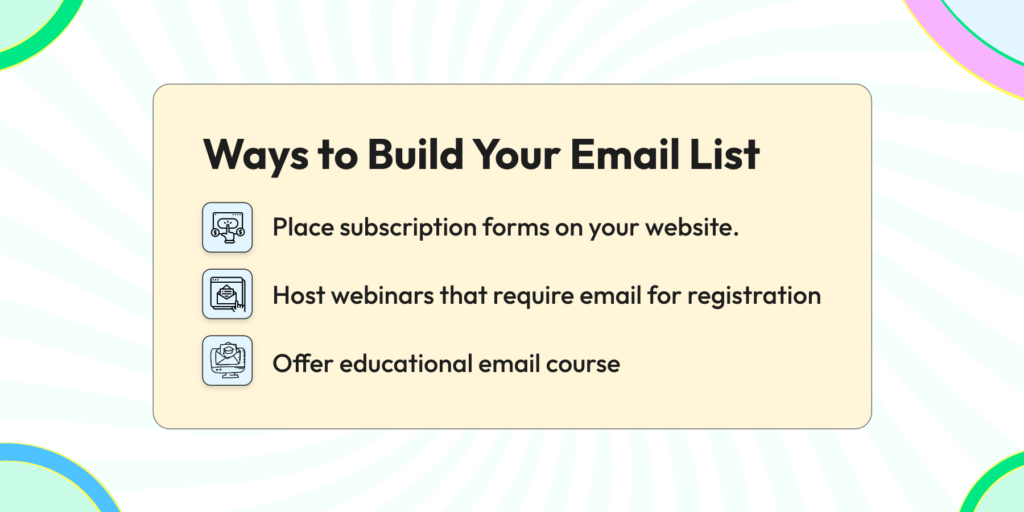
First things first, to pump up your affiliate marketing conversion rate, you’ve got to have people to market to, right? This is where building a subscriber list comes into play. Think of it as gathering a crowd of folks who are interested in what you have to say (and sell). Offer them something valuable in exchange for their email address—maybe an exclusive guide, a discount code, or insider tips. The goal is to create a win-win situation: they get the goods, and you get their permission to drop into their inbox with your affiliate links. Remember, the larger and more targeted your subscriber list, the more potential you have to drive those conversion rates.
#16 Segment Your Audience for Personalized Campaigns
Now that you’ve got your list, don’t blast everyone with the same message. That’s like throwing darts in the dark—ineffective and a bit annoying. Get smart with segmentation. Break down your list into groups based on their interests, behaviors, or how they found you. Maybe you have a group that loves budget travel tips and another that’s all about luxury resorts. By segmenting your audience, you can tailor your email campaigns to speak directly to what each group wants. Personalized campaigns feel more relevant to your subscribers, and relevance drives engagement, which in turn can drive up your affiliate marketing conversion rate.
#17 Craft Effective Email Sequences
An email sequence is like a good chat over coffee—it’s engaging, provides value, and ends with a call to action that feels natural, not forced. Set up a series of emails that guide your subscribers through a journey. Start with a warm welcome, provide some solid info, and sprinkle in your affiliate products in a way that solves a problem or fulfills a need. It’s not just “buy this now”; it’s “here’s how this product can make your life better.” Keep your emails clear, compelling, and focused on the benefits for the reader. With a well-crafted email sequence, you’re not just selling; you’re building a relationship. And when your subscribers trust you, they’re more likely to trust your affiliate recommendations, leading to a healthier affiliate marketing conversion rate.
How to Monitor & Analyzing Performance of your Affiliate Marketing Efforts?
#18 Key Metrics to Track
Let’s get down to boosting your affiliate marketing conversion rate. You can’t just set things up and hope for the best. You must keep an eye on how your affiliate campaigns are performing. Tracking key metrics gives you that power. Start by monitoring the number of clicks on your affiliate links – that’s your traffic. But don’t stop there. You need to know the click-through rate (CTR), which shows the percentage of clickers compared to viewers. And the crown jewel? The actual conversion rate – the percentage of visitors who click and then make a purchase. Keep tabs on the average order value (AOV), and don’t forget the earnings per click (EPC). These metrics paint a picture of not just how often you’re selling, but how much you’re earning from those clicks.
#19 Make Data-Driven Decisions for Improvement
Once you’ve got this data, it’s time to turn those numbers into action. This is where you become a bit of a detective, looking for clues in your data to see what’s working and what’s not. Is a particular product not converting? Maybe it’s not resonating with your audience, or perhaps the merchant’s page isn’t up to snuff. High traffic but low conversion rates might suggest you’re attracting visitors who aren’t ready to buy or that your affiliate pages aren’t convincing enough. Use these insights to test different approaches, like tweaking your calls-to-action or trying out new products that align better with your audience’s interests. By making decisions based on data, not just gut feelings, you can systematically improve your efforts and see a real uptick in your affiliate marketing conversion rate.
Wrapping it Up
Alright, let’s wrap this up. You now know that boosting your affiliate marketing conversion rate isn’t just about making more sales—it’s about making the most of the traffic you work so hard to earn. It’s the difference between just getting by and truly thriving in the competitive world of affiliate marketing.
Take a moment to think about the power of conversion. When you focus on turning visitors into buyers, you’re squeezing every last drop of value from your marketing efforts. That’s how you make your mark, and that’s how you build a sustainable income.
So, roll up your sleeves and put these strategies into play. Optimize your website for a smooth user experience, create compelling content, target your traffic, choose the right products, and don’t forget the power of email marketing. Keep your finger on the pulse with regular monitoring and analysis, and be ready to pivot based on what the data tells you.
Consider this your call to action. Start testing, tweaking, and tracking to find out what pushes your numbers up. The world of affiliate marketing is ever-changing, but with these strategies in hand, you’re equipped to adapt, grow, and succeed.
Now, go give those conversion rates the boost they deserve!
Frequently Asked Questions
What exactly is an affiliate marketing conversion rate?
Your affiliate marketing conversion rate is the percentage of people who click on your affiliate links and then take the action you want, like making a purchase. It’s a sign of how effective your affiliate efforts are at convincing potential buyers.
Why is it important to improve my affiliate marketing conversion rate?
Improving your conversion rate means you’re making more money from the traffic you attract. Instead of just driving a bunch of visitors to your site, you’re actually converting them into paying customers, which is the ultimate goal of your affiliate marketing efforts.
Can the speed of my website really affect my affiliate conversion rate?
Absolutely! If your site loads slowly, visitors might get impatient and leave before even seeing your affiliate offers. A faster, smoother site can keep visitors around longer, which increases the chances they’ll click on your affiliate links and make a purchase.
How can A/B testing help increase my conversion rates?
A/B testing helps you compare two versions of your webpage to see which one performs better. By testing different elements, such as headlines, images, or calls-to-action, you can figure out what resonates best with your audience and make informed decisions that could boost your conversion rate.
What kind of content should I create to improve my conversion rates?
Focus on creating valuable, informative content that addresses your audience’s needs and interests. Incorporate engaging visuals, product reviews, and testimonials to build trust and interest. The more relevant and helpful your content, the more likely your audience will click on your affiliate links.
How often should I monitor and analyze my affiliate marketing performance?
It’s wise to check in on your key metrics regularly. At a minimum, do a monthly review, but if you’re actively trying to improve your conversion rates, weekly checks can help you stay on top of trends and react more quickly to changes in performance.
Is it necessary to have an email list for affiliate marketing?
While not strictly necessary, an email list is a powerful tool for affiliate marketing. It allows you to directly communicate with an interested audience, personalize your marketing efforts, and nurture relationships that can lead to higher conversion rates.
What does segmenting my audience mean, and how can it help my conversion rates?
Segmenting your audience means dividing your email list into smaller groups based on specific criteria, like interests or past purchases. Personalized campaigns can be crafted for each segment, which can lead to higher engagement and conversion rates since the content is more relevant to each group.
How do I choose the right affiliate products to promote?
Choose products that align with your audience’s interests and needs, and from merchants with good reputations. It’s also smart to diversify your offerings to appeal to different segments of your audience, which can help improve your overall conversion rates.
What if I implement these strategies and my conversion rate doesn’t improve?
If your conversion rate doesn’t budge, don’t get discouraged. Affiliate marketing is about experimentation. Re-evaluate your approach, consider seeking feedback from your audience, and keep testing different strategies. It sometimes takes a bit of trial and error to find out what works best for your specific audience.
Latest Comments